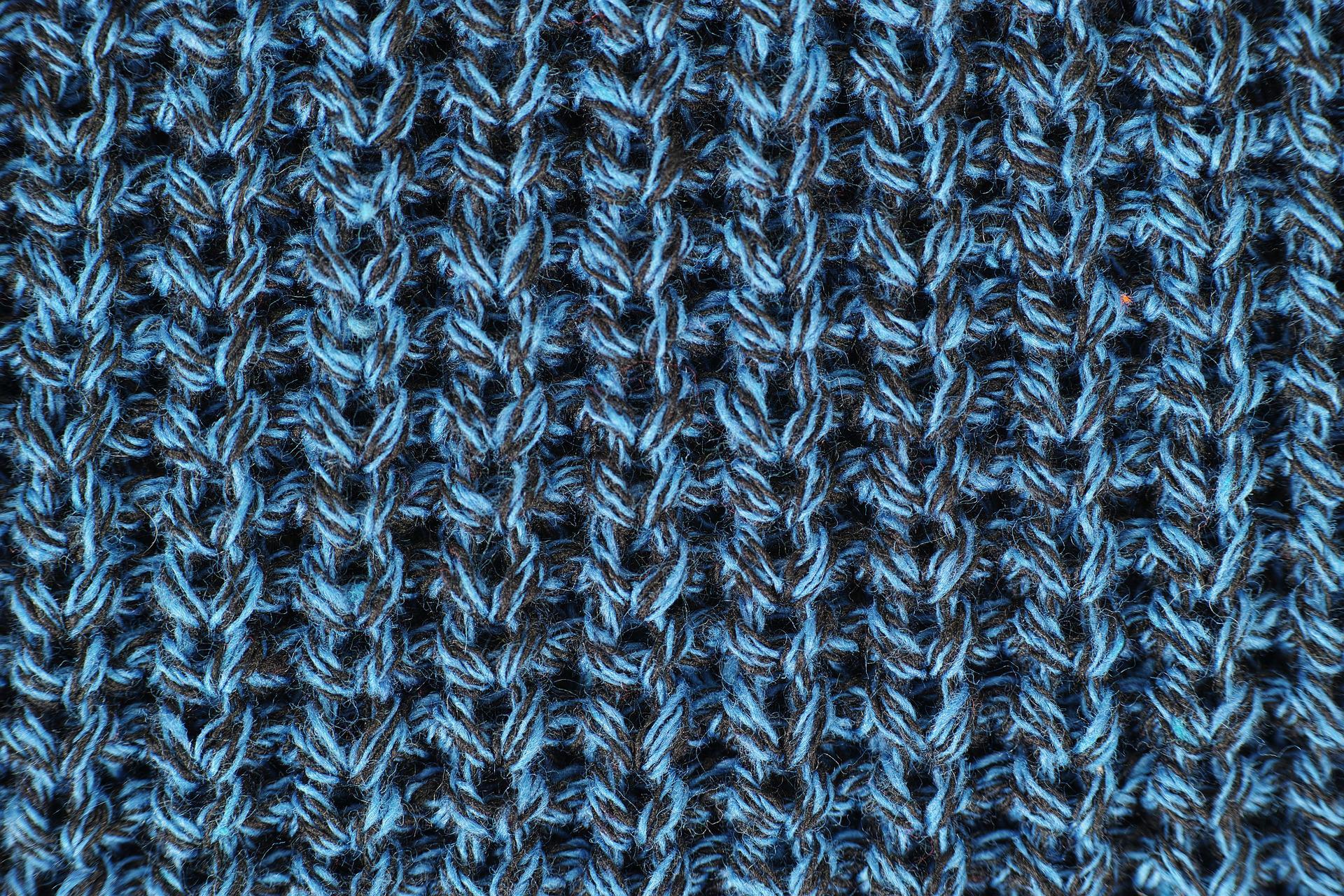
FCN hosts six vibrant research groups bringing together representatives from policing, academia and the private sector to discuss: digital forensics, drugs and toxicology, DNA, ecology, marks and traces, and visual technologies. Each group shares the latest knowledge and innovation on its topic. Our latest research roundup summarises the most recent round of group meetings.
Marks & Traces
Predicting Fibre Transfer
Textile fibres are an important evidence type and have helped solve many major crimes. They are common in everyday life and can be easily transferred from one surface to another and enable associations to be formed in cases ranging from burglary to sexual assault. Despite the potential value of fibre evidence in, for example, cold case reviews, funding for fibre research can be hard to come by.
Dr Kelly Sheridan has been conducting a study (supported by Home Office STAR funding via FCN) addressing the lack of data to support the interpretation of fibre evidence. The study assessed the feasibility of using a statistical model to support forensic scientists and strengthen their presentation of evidence. Two main questions were explored:
- Can the shedability of a garment be predicted through using other characteristics of the garment?
- Can the shedability of that garment then be used to predict how many fibres will likely be transferred?
The practical element of the study comprised a 20 second frontal hug, following a consistent methodology. Kelly developed two models, one to predict the shedability of a garment and the other to predict the number of fibres transferred during the 20 second test hug.
Using these models and test methodology it was possible to predict the number of fibres transferred, but further study is needed to provide forensic scientists with the level of accuracy needed for criminal cases.
For more information about the study, contact kelly.sheridan@northumbria.ac.uk
Drugs & Tox
There were two major updates:
Firstly, a deep dive into Risks Within Prolonged PWITS Investigations by Dr Michelle McManus, Head of Criminal Justice, Liverpool Moores University. This was funded by a joint STAR bid with Thames Valley Police. This is a timely piece of work, aiming to reduce court waiting times and improve CJS outcomes. This research raises new opportunities but closer attention will need to be considered if moving into evidential testing pathways for quality requirements. The research also reflected positively on the use of SFR for these cases
The findings are confidential at the moment, but please get in touch M.A.McManus@ljmu.ac.uk for more information.
Secondly, Dr Mark Reid from Strathclyde University summarised some research looking at imagery and colour changes in time sensitive chemistry and asked the research group where this could have a forensic application. Members thought that this technology could support drug batch identification, street sample ID and broader links provided with DSTL/Chemical intelligence. We’re keen to see how this progresses and will be keeping in touch with Dr Reid.
DNA
Emma Tilley gave us an update on her PhD research which is looking at cross-matching unidentified bodies with missing persons reports. She’s in touch with 300 local authorities, as well as 43 police forces and 84 local coroners and has 10 years of data.
She’s hoping to identify a code of practice for managing information in relation to unidentified bodies and is looking for further engagement to see how genealogy can help with the process.
King’s College London: Canine DNA for forensics
King’s Forensics (King’s College London) in a collaboration with the Royal Veterinary College, have been working on identifying non-human DNA as a way to assist police investigations.
Dogs can be both perpetrators and innocent bystanders of crimes. King’s are analysing canine identification markers, both short tandem repeats (STRs) and whole mitochondrial genomes (mtGe DNA) to provide canine autosomal DNA profiles and mitochondrial haplotypes from forensic level traces and hairs that can be used for matching.
They have typed over 1000 samples, with the aim of creating the first UK canine frequency database for both STRs and mtGE data. They have also collected samples from the most representative breeds in the country and are working towards the creation of breed-specific databases. Literature has suggested the application of the markers used for individual identification for breed inference and they have developed this approach in the sample set with very promising results. A major application of breed inference is the robust identification of those deemed illegal in the Breed Legislation Act, 1991 and King’s aims to address these breeds in their ongoing research.
One Day Blood Pattern Analysis Conference
The conference was run by the British Academy of Forensic Sciences (BAFS) and the International Association of Bloodstain Pattern Analysts (IABPA) on July 9th.
The day was run online, with over 100 people joining the sessions.
Highlights were the keynote speakers: Forensic Scientist Jo Millington [Spatter/ED, Millington Hingley Ltd] and Siobhan Grey QC [Libertas Chambers] who shared their experiences of a murder investigation in which the re-evaluation of BPA and pathology evidence led to the acquittal of two men that had been wrongly convicted of murder at the Old Bailey. The other keynote speaker, Dr Daniel Attinger, an Adjunct Lecturer in the Forensic Sciences Graduate Program of the University of the West Indies, and highly published researcher, spoke about the application of evaluative propositions and likelihood ratios, and their role in developing the scope and methods of BPA.
You can read more about the conference here:
BPA CONFERENCE (spattered.co.uk)
To find out more about the research groups, get in touch with Carolyn.Lovell@dorset.pnn.police.uk